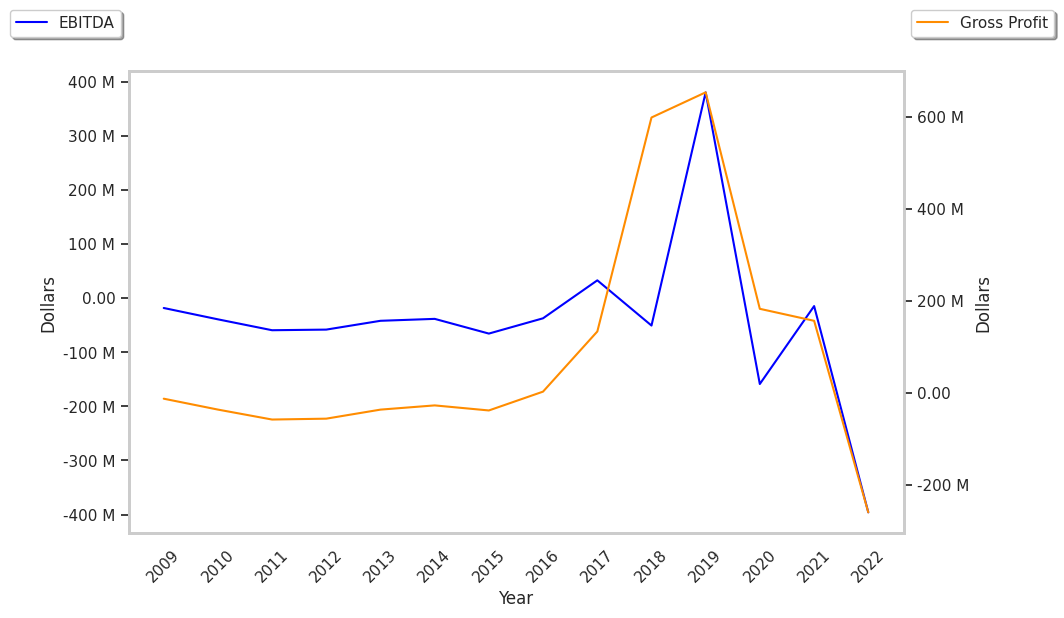Most analysts love Ionis Pharmaceuticals, which has an average rating of buy. But there's reason to believe the stock may be overvalued at today's price of $40.35 per share. Let's look at the fundamentals ourselves and see if we reach a different conclusion than the analyst community.
Ionis Pharmaceuticals has a P/E ratio of -22.9 based on its 12 month trailing earnings per share of $-1.76. Considering its future earnings estimates of $-3.74 per share, the stock's forward P/E ratio is -10.8. In comparison, the average P/E ratio of the Health Care sector is 22.94 and the average P/E ratio of the S&P 500 is 29.3.
We can also compare the ratio of Ionis Pharmaceuticals's market price to its book value, which gives us the price to book, or P/B ratio. A company's book value refers to its present equity value -- or what is left over when we subtract its liabilities from its assets. IONS has a P/B ratio of 10.17, with any figure close to or below one indicating a potentially undervalued company.
A comparison of the share price versus company earnings and book value should be balanced by an analysis of the company's ability to pay its liabilities. One popular metric is the Quick Ratio, or Acid Test, which is the company's current assets minus its inventory and prepaid expenses divided by its current liabilities. Ionis Pharmaceuticals's quick ratio is 2.614. Generally speaking, a quick ratio above 1 signifies that the company is able to meet its liabilities.
The last factor we will review in our value analysis of Ionis Pharmaceuticals is its levered free cash flow, which is negative at $-546227000. The levered free cash flow represents the sum of all of the company's inflows and outflows of capital in the last quarter. A negative value means that Ionis Pharmaceuticals has no cash left over to re-invest in the business or to pay equity investors in the form of a dividend.
At Market Inference, we will keep monitoring Ionis Pharmaceuticals to see if the analysts were right to recommend the stock despite its valuation issues. We recognize that numbers don't always tell the whole story, and that qualitative factors often set high performing investments apart from the rest.



